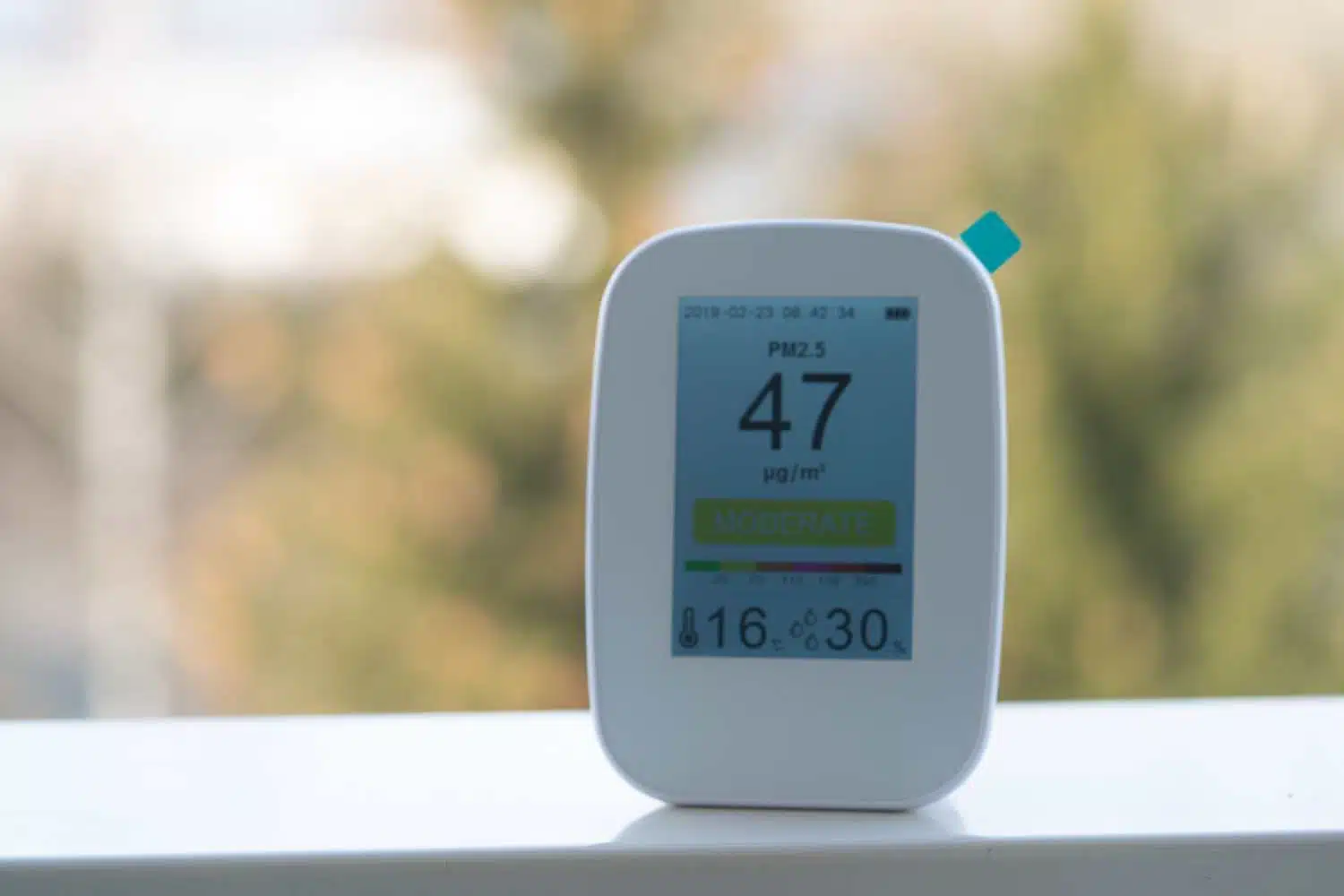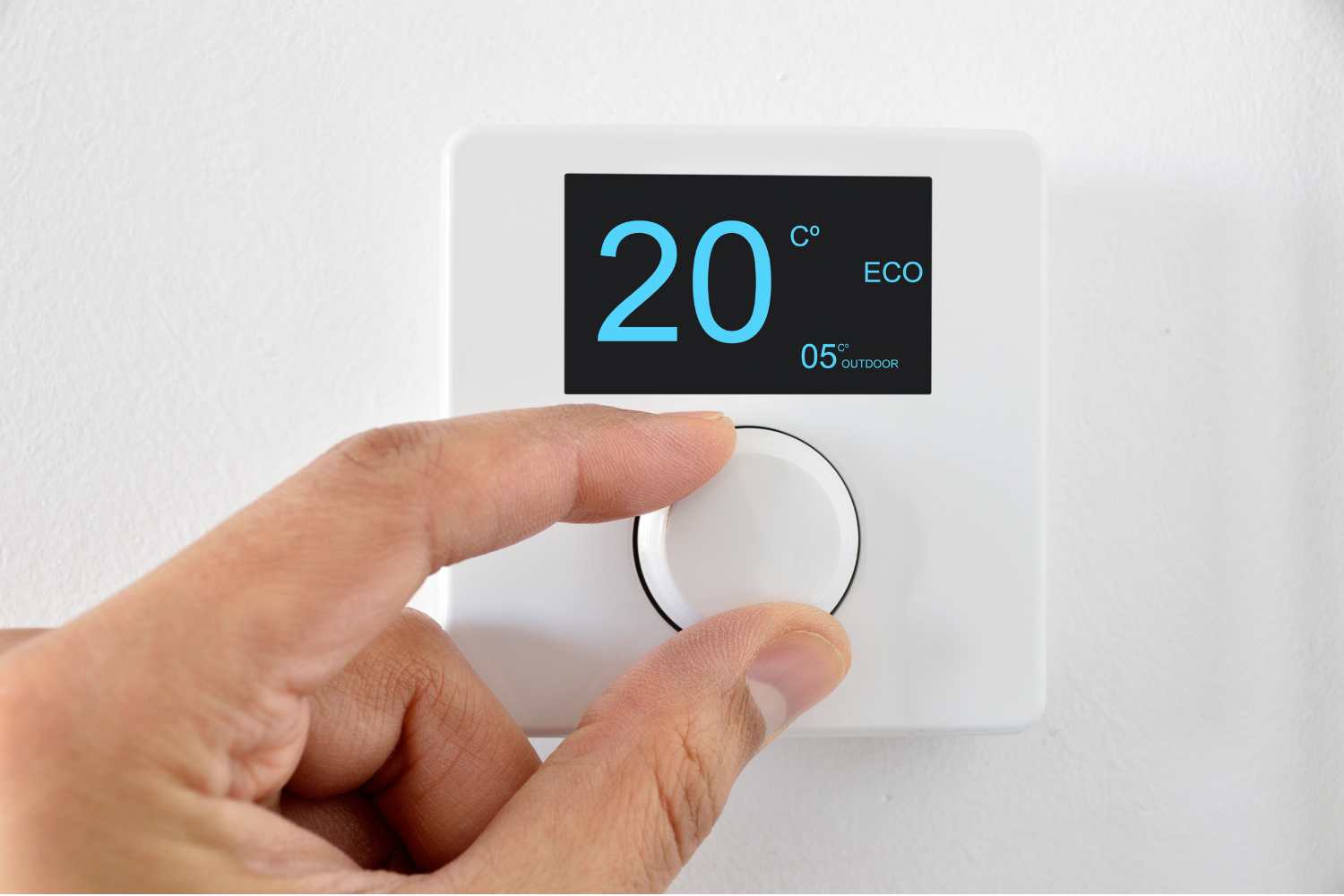
Revolutionising Energy Management in UK Businesses
In an era where sustainability is not just a buzzword but a business imperative, UK companies are increasingly turning to innovative solutions to manage their
In today’s business landscape, there has been a remarkable shift in the way organisations approach energy consumption. Rising energy prices, coupled with growing concerns about the environment, are compelling commercial property and business owners to take proactive measures to reduce energy usage.
This article explores nine practical energy saving ideas for the workplace that businesses can implement, with the assistance of Envelo, a ground-breaking technology platform that harnesses data to drive improvements to health and wellbeing, whilst reducing energy costs and consumption.
By incorporating Envelo’s solutions into these strategies, businesses can optimise energy consumption, thus saving costs, and creating a healthier and more sustainable workplace.

If you have a problem with your electrical equipment, it could mean that you are using more energy than you need to. When systems are not working as they should do, it means that they must work harder which could lead to an increase in energy usage.
Things such as heating systems or manufacturing machinery can all become less energy efficient when there is an issue, even if the issue is small. Therefore, it makes sense for you to carry out a thorough check on all equipment and ensure that all your machinery and equipment is optimised for best performance.
Keeping your commercial property well-ventilated with fresh air is of paramount importance for the health and wellbeing of your staff. When CO2 levels are too high people feel tired and are less productive.
Improving air quality has been shown to greatly increase productivity. Many businesses do this through HVAC (Heating, Ventilation & Air Conditioning) units and by opening windows. However, if left unmonitored this can lead to a large amount of wasted energy.
Did you know: “Employers notice workplace productivity increase by up to 11% when air quality is improved. Low levels of pollutants within the workplace can double the cognitive function compared to those working in a poorly ventilated workplace.” – Put in different coloured box.
Introduce Smart Systems, such as solutions provided by Envelo. Using data-driven decisions our system monitors air quality, occupancy, and other data sets, and can automatically optimise and adjust heating and ventilation systems, by connecting to your buildings BMS (Building Management System).
Or if you don’t work in a ‘Smart building’ Envelo can send alerts via our platform to staff to, for example, open or close windows and doors when required, amongst many simple and smart interventions.
If you have a HVAC system that is costing you money Envelo can automatically control it so that it only comes into use when necessary, which helps to reduce energy consumption.

Envelo’s technology enables the intelligent control of smart thermostats and heating systems effectively. By leveraging Envelo’s platform, businesses can optimise heating and ventilation, ensuring that systems are activate only when necessary, adjusting to the specific needs of the property. This results in significant energy savings without compromising comfort.
Did you know – the ideal office temperature was found to be 21-22oC? It’s sometimes referred to as the ‘Goldilocks temperature’ – not too hot, not too cold, but just right.
Envelo regulates and monitors the indoor environment so that your heating only turns on once the temperature drops to a certain point but will also turn off once the temperature is reached. Reducing the unnecessary heating and cooling of your workspace, focussing on the most optimal levels for comfort and performance, is one of the biggest things you can do to reduce energy consumption, whilst improving productivity.
Envelo also monitors air quality and can balance ventilation with the requirement for heating whilst maintaining a healthy workplace.
Where lighting is installed, it makes sense to change all bulbs to low-energy LED bulbs. These are designed to use less energy and they give off less heat which means less energy wasted. They still provide an excellent level of light and can last a lot longer than traditional bulbs which means that the savings you make will mean that the bulb will pay for itself.
These lightbulbs are a great way of significantly reducing the energy that you use and require to light up a commercial property, especially where public lighting is required.
Modern lighting gives you the opportunity to adjust the wavelength so that you can choose the lighting colour to help create a more productive space. By adjusting the wavelength, you can also reduce energy consumption.
Alternatively for the Smart approach you can Integrate motion sensors with lighting systems to activate lights only when needed, thus reducing energy usage. So if a space is un-occupied, Envelo can automatically turn lights off for you, to reduce energy consumption.
When you introduce the right insulation and lagging on pipework, you can reduce the amount of power required to heat buildings. Insulation will help to retain heat and will help to maintain a more constant temperature. This means that the heating might be required less, or when it is used, it will be used for shorter periods.
Insulation in walls and ceilings can make a real difference and could help to save a lot of energy over a year.
A lot of energy is wasted and lost through doors and windows. Whether it’s the type of glass or the sealing around windows or doors, it can all make a big difference to the amount of energy you use.
If in smaller office, you can weatherstrip your doors and windows by using seals that create a barrier between the indoors and outdoors.
Additionally, by using Envelo, our platform knows when windows and doors and windows are open, it uses this information to optimise your spaces for best performance and energy consumption.
Envelo’s technology integrates seamlessly with connected heating, cooling and ventilation systems empowering businesses to have greater control.
By utilising Envelo’s data on occupancy and temperature, businesses can program smart devices such as thermostats or Wi-Fi controlled switches and plugs to adjust heating settings based on occupancy patterns and external conditions.
This granular control allows businesses to optimise energy consumption while maintaining a comfortable indoor environment.

Encouraging employees to turn off equipment when they’re not using it, including lighting, photocopiers, and computers, can bring significant energy savings.
Even standby mode consumes considerable energy. By raising awareness about the environmental and financial implications of leaving equipment running, businesses can foster a culture of responsible energy usage.
If you have installed smart devices and switches, these can be operated by Envelo.
Envelo’s platform promotes energy-conscious behaviour among building users. By leveraging Envelo’s data and alerts, businesses can encourage employees to turn off equipment when not in use.
Envelo can also easily share information about energy consumption with your teams and can also provide insights into how much energy consumption has been reduced!
Envelo’s platform provides real-time information on energy consumption, empowering businesses to raise awareness and foster a culture of responsible energy usage.By analysing occupancy data, businesses can identify areas that can be completely shut down during non-operational hours, reducing energy consumption.
Envelo’s technology platform provides valuable insights into after-hours usage of commercial spaces.
Envelo’s data-driven approach allows businesses to make informed decisions on optimising energy usage during periods of low occupancy.
By ensuring that your heating, cooling, and ventilation system, plus many office devices are not left on 24 hours unnecessarily – (Eg does your heating system turn off when not required, during evenings or weekends), you can considerably reduce energy costs and consumption.
Reducing energy costs and consumption in the workplace is of vital importance to businesses today. By embracing Envelo’s innovative technology platform and integrating it into the nine strategies outlined above, organisations can unlock significant energy-saving opportunities.
Envelo’s data-driven approach empowers you to make informed decisions, optimise energy usage, and create a sustainable and cost-effective work environment.
Let us show you how to leverage Envelo’s solutions and drive positive change in energy consumption, benefiting both businesses and the planet.

In an era where sustainability is not just a buzzword but a business imperative, UK companies are increasingly turning to innovative solutions to manage their

In the dynamic world of work, it is crucial to adapt to emerging trends that shape the future of our workplaces. As we approach 2023,

Embracing Innovation with Envelo for Sustainable Business Operations In today’s business landscape, there has been a remarkable shift in the way organisations approach energy consumption.
Complete our survey below to see how your business performs.
Wanting to improve your workplace health and well-being, whilst reducing workplace sickness and improving productivity? Book a demonstration with one of our team today, and see how Envelo can monitor, manage and improve your workplace environment.
Envelo protects people from viruses and pollution and helps improve their wellbeing using prevention methods and app-driven monitoring technology.

Envelo Solutions Ltd (Company Number: 13100630)
Complete the form below to see Envelo’s smart technology platform in action. We’ll get back to you within 24 hours to schedule the best date and time to suit you.